Clinical Characteristics and Prognostic Insights of Oropharyngeal Squamous Cell Carcinoma: A Comprehensive Study from Shanxi Province
Introduction Oropharyngeal squamous cell carcinoma (OPSCC) has seen a notable increase in incidence globally, largely attributed to human papillomavirus (HPV) infections. This study focuses on the clinical characteristics and treatment outcomes of OPSCC patients in Shanxi Province, China, examining the influence of HPV status on prognosis and identifying key risk factors. Study Objective The primary […]
Revolutionizing Veterinary Diagnostics: Exploring the World of Veterinary MRI
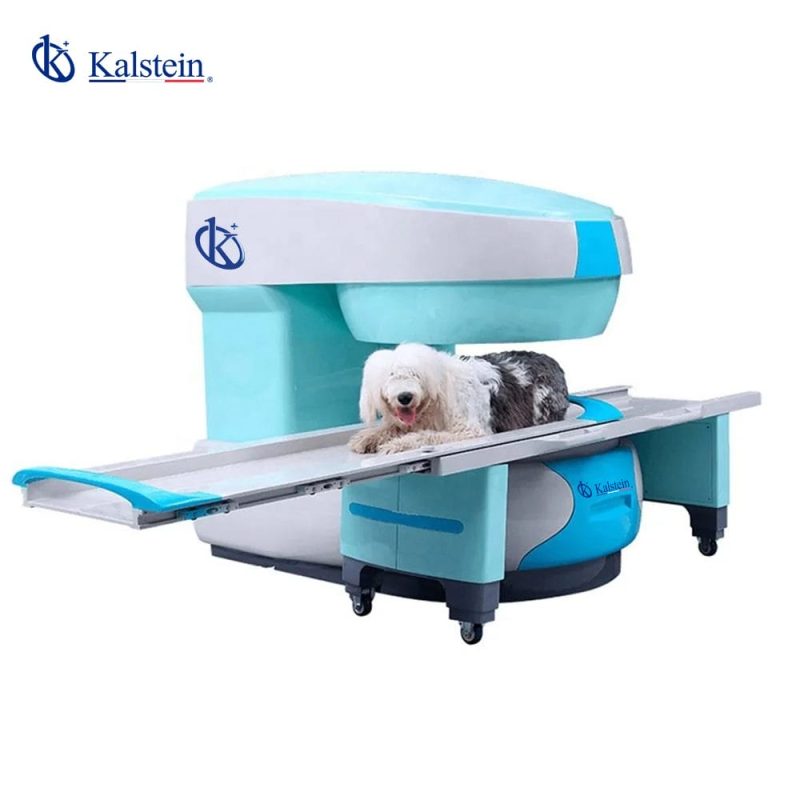
Veterinary MRI, Kalstein Brand In the realm of veterinary medicine, practical diagnostic tools have revolutionized the way we approach animal health, and Veterinary MRI stands out as an indispensable asset. As animal care transcends traditional practices, the Kalstein Veterinary MRI emerges as a symbol of innovation and advanced medical imaging. Designed specifically to meet the […]
The Essential Guide to Medical Transfer Stretchers: Quality, Features, and Comparisons
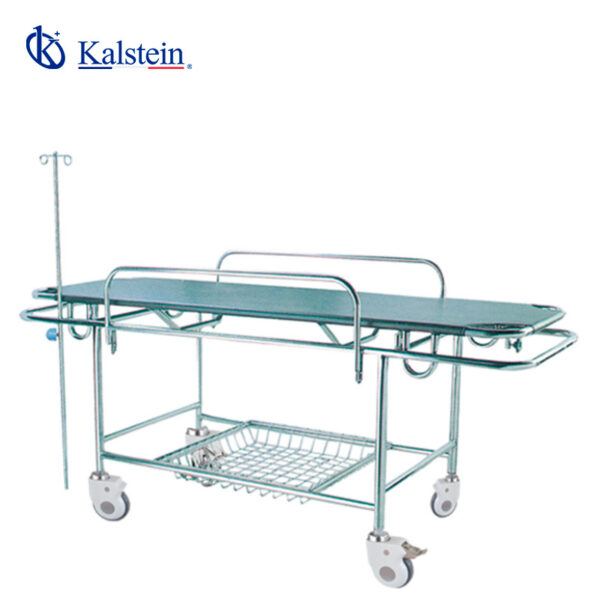
Medical Transfer Stretcher, Kalstein Brand When it comes to medical equipment, especially those used in emergencies, nothing beats the reliability offered by trusted brands. Among these is the Kalstein brand, renowned for its high-quality medical transfer stretcher line. This equipment is a cornerstone in medical facilities, ensuring safe and efficient patient transport. Kalstein has built […]
Unveiling the Excellence of Spectrophotometers: Your Guide to Kalstein’s Premier Laboratory Instruments
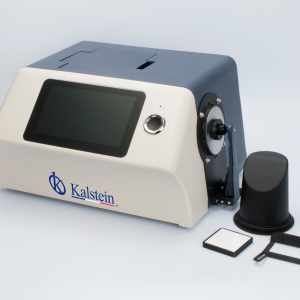
Spectrophotometers, Kalstein Brand When it comes to precision and reliability in laboratory instruments, Kalstein’s line of spectrophotometers stands out. As someone who has explored many instruments in the field, I can confidently say that these devices provide the keenest insights into sample analysis, making them indispensable in both academic and industry laboratories. Kalstein offers a […]
Unusual Objects Podiatrists Have Discovered in Feet

Unexpected Discoveries in Podiatry Dr. Jeffrey Hurless, a podiatrist and foot and ankle surgeon at Neuhaus Foot & Ankle in Nashville, vividly recalls a young patient who came in with a painful blister on his big toe. As Hurless began to remove the blister’s top layer, a surprising event occurred. A plastic toothpick shot out […]
Enhancing Veterinary Eye Care: A Comprehensive Guide to the Veterinary Fundus Camera

Veterinary Fundus Camera, Kalstein Brand In the ever-evolving field of veterinary medicine, the capability to precisely diagnose and monitor eye conditions in animals is crucial. That’s where the Veterinary Fundus Camera from the reputable Kalstein brand comes into play. This innovative instrument is specifically designed to meet the demanding standards of veterinary ophthalmology, allowing veterinarians […]
Exploring the Excellence of Kalstein Hospital Beds: A Comprehensive Guide

Hospital Bed, Kalstein Brand When it comes to sourcing medical equipment that combines quality, durability, and functionality, the Kalstein brand stands out, particularly in its range of hospital beds. Known for a commitment to innovation and customer satisfaction, their products are designed to meet the dynamic needs of medical facilities across the globe. Kalstein’s hospital […]
Exploring the Versatile World of Fluorometers: A Comprehensive Guide to Kalstein’s Offerings
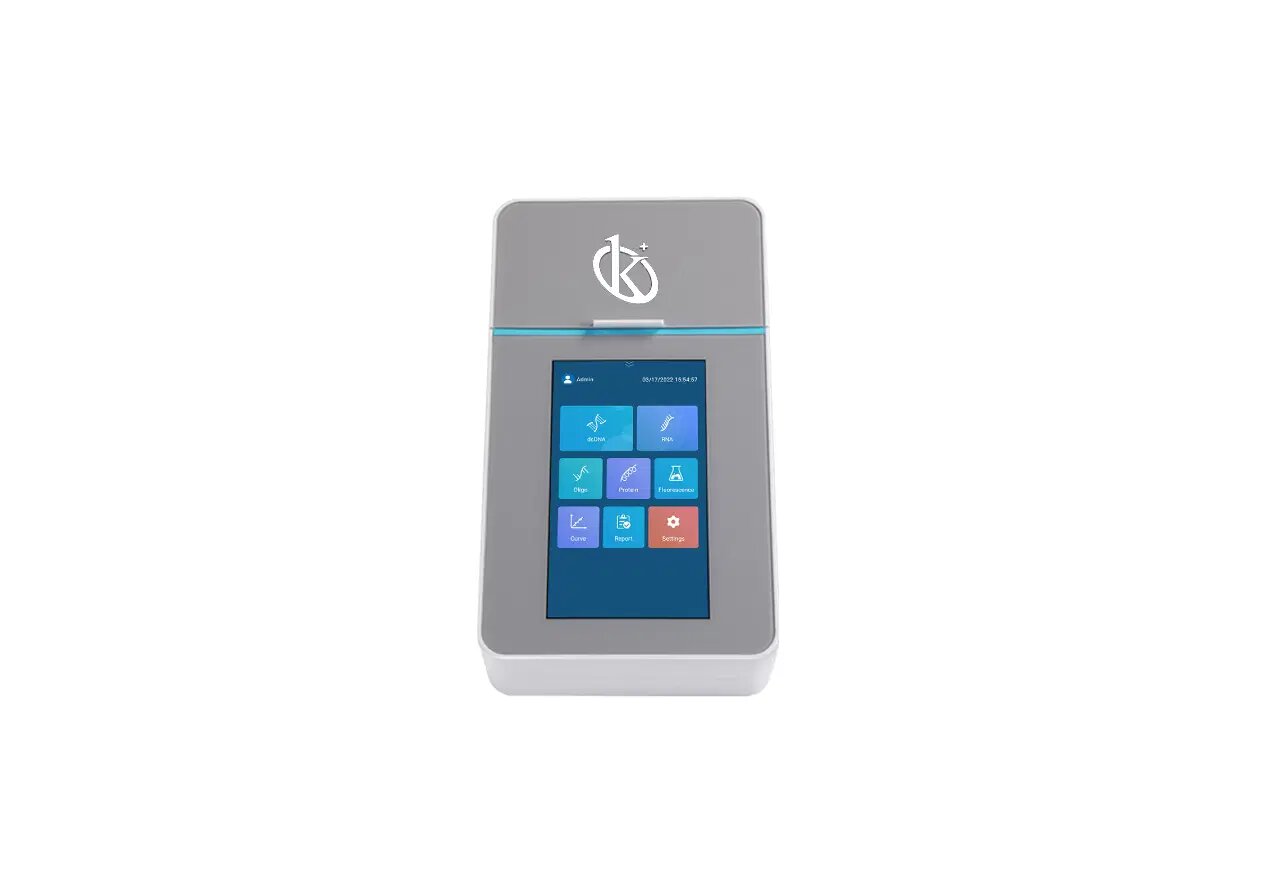
Fluorometer, Kalstein Brand In the challenging and ever-evolving landscape of scientific research, precise and reliable tools are paramount. One such indispensable tool is the fluorometer. When it comes to selecting top-notch laboratory equipment, the Kalstein brand stands out for its dedication to quality and innovation. The fluorometers from this brand exemplify the perfect blend of […]
Revolutionizing Veterinary Care with Advanced Veterinary Oxygen Concentrators
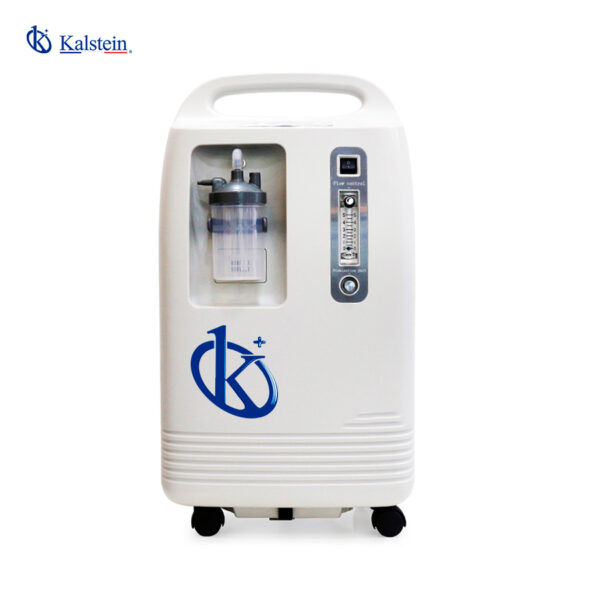
Veterinary Oxygen Concentrator, Kalstein Brand When it comes to providing the best care for our animals, veterinary professionals are always in search of equipment that guarantees both reliability and efficiency. This is where the Veterinary Oxygen Concentrator by Kalstein becomes a significant player in the field. Known for its commitment to quality and innovation, Kalstein […]
Kalstein Wheelchairs: Innovation in Mobility and Independence

Wheelchair, Kalstein Brand Kalstein, a name synonymously associated with innovation in medical technology, has been a leading force in the wheelchair market. When you think of a reliable mobility solution, Kalstein’s wheelchairs come to mind. They have consistently delivered quality and advanced features in their products, capturing the trust of users globally. But what makes […]
